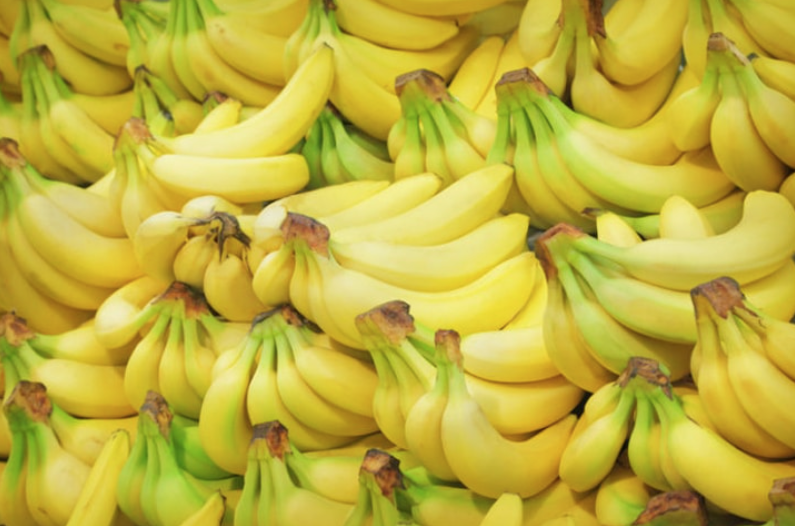
The Philippines remained as the world’s second-largest exporter of bananas for the fourth consecutive year in 2021 despite stiff competition from Latin American producers, according to a United Nations agency.
The country is still one of the world’s top suppliers of bananas despite a 33.58-percent decline in its banana shipments last year, the UN Food and Agriculture Organization (FAO) said in a report which was published recently.
The international agency’s preliminary report titled “International Trade Banana” showed that the Philippine banana exports last year reached 2.529 million metric tons (MMT) lower than the 3.808 MMT it shipped in 2020.
FAO said the decline in the country’s banana shipments was due to “severe production difficulties.” Because of these problems, the FAO report noted that key Asian markets slashed their purchases of bananas from the Philippines.
“Industry information conveys that banana supplies from the Philippines continued to be affected by severe production difficulties arising from the combined impact of Covid-19 and the spread of TR4, which were worsened by hurricane damage and the high costs of inputs seen in 2021,” the report read.
“This reportedly had a particularly detrimental effect on small scale banana producers in the country, who struggled to procure the necessary agricultural inputs to meet the quality requirements of export markets.”
The FAO noted that China and Japan reduced their orders of bananas from small producers in the Philippines “substantially due to quality concerns.”
Historical FAO data showed that the Philippines’s banana exports last year were even 8.26 percent lower than the country’s average volume of shipments from 2015 to 2019.
Tight spot
The annual FAO report showed that Ecuador remained as the world’s top exporter of bananas, with shipments reaching 6.75 MMT.
However, FAO data showed that the Philippines could easily be overtaken by American and Central American producers given its slim margin in terms of export volume.
The banana exports of Costa Rica last year reached 2.348 MMT while shipments by Guatemala and Colombia reached 2.292 MMT and 2.109 MMT, respectively, compared to the Philippines’s 2.529 MMT.
Pilipino Banana Growers and Exporters Association (PBGEA) Executive Director Stephen A. Antig said they expect the country’s total banana export volume this year to remain low due to persistent production woes.
Antig said the industries continues to reel from the adverse impact of the Panama disease which has already affected more farms, particularly those owned and tilled by small-scale banana farmers.
He added that the industry is not also spared from the impact of more expensive inputs, such as fertilizer as well as fuel.
“Hopefully our volume will remain the same. If we can hit the same volume as last year that would be okay already,” Antig told the BusinessMirror in an interview.
Aside from competition from Latin American banana producers, FAO said the Philippines is also facing tough competition from neighboring countries, particularly in its key Asian markets.
“As smaller producers in the Philippines struggled to meet the quality expectations of the Chinese import market, traders reportedly reduced or even cancelled their orders from Philippine smallholders,” it said.
“In response to this, China considerably raised imports from Vietnam and Cambodia, where an upsurge in Chinese owned banana plantations has been seen in recent years.”
The BusinessMirror broke the story last year that the Philippines is losing market share for bananas in key Asian markets to neighboring countries like Vietnam and Cambodia as well as Latin American producers (Related story: https://businessmirror.com.ph/2021/05/04/phl-bananas-losing-out-in-asia-to-latin-america-asean-producers/).














